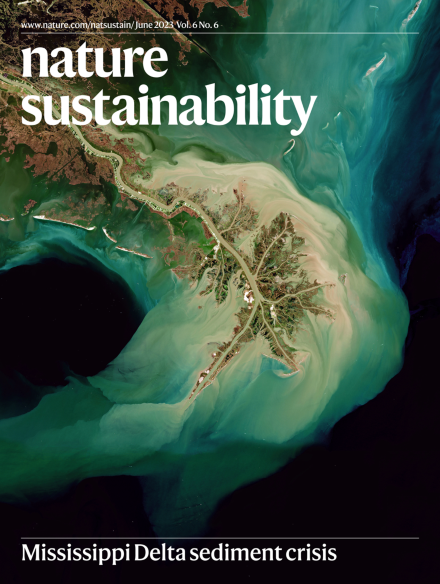Reductive cation for scalable wide-bandgap perovskite solar cells in ambient air
IF 27.1
1区 环境科学与生态学
Q1 ENVIRONMENTAL SCIENCES
引用次数: 0
Abstract
High-performance wide-bandgap (WBG) perovskite solar cells are expected to play a key role in next-generation multi-junction solar cells. However, several challenges remain to be overcome, such as large photovoltage loss, poor stability and scalable fabrication in ambient air, which hinder the commercialization of this technology. Here we incorporate a reductive methylhydrazinium cation into WBG perovskites, which not only reduces defect density but also suppresses iodide oxidation and halide demixing, enabling scalable fabrication of efficient and stable WBG solar cells and modules in ambient air. Remarkably, the champion WBG perovskite solar cells achieve a power conversion efficiency (PCE) of 23.3% with an open-circuit voltage of 1.28 V, corresponding to a record low voltage loss of 0.37 V. The WBG mini modules deliver a stabilized PCE of 19.8% with an aperture area of 25 cm2. The mini modules can keep 94% of the initial PCE after 700 hours of operation under continuous light soaking at 1-sun illumination at 55 ± 5 °C. This work suggests a viable route to the sustainable harvesting of solar energy. Wide-bandgap perovskites are critical to tandem solar cells for maximized solar energy capture and efficiency, but their stability remains a major issue. Here, by introducing reductive cations, the authors realize scalable fabrication of large-area solar cells in ambient conditions with good performance.

环境空气中可伸缩宽禁带钙钛矿太阳能电池的还原阳离子
高性能宽带隙钙钛矿太阳能电池有望在下一代多结太阳能电池中发挥关键作用。然而,仍有一些挑战有待克服,如大的光电压损失,稳定性差和在环境空气中可扩展的制造,这些都阻碍了该技术的商业化。在这里,我们将还原性甲基肼阳离子加入到WBG钙钛矿中,不仅可以降低缺陷密度,还可以抑制碘化物氧化和卤化物脱混,从而在环境空气中可扩展地制造高效稳定的WBG太阳能电池和模块。值得注意的是,冠军WBG钙钛矿太阳能电池在开路电压为1.28 V时实现了23.3%的功率转换效率(PCE),对应于创纪录的低电压损失0.37 V。WBG迷你模块的稳定PCE为19.8%,孔径面积为25 cm2。迷你模块在55±5°C的1太阳光照下连续浸泡700小时后,可保持94%的初始PCE。这项工作为可持续地收集太阳能提供了一条可行的途径。宽带隙钙钛矿是串联太阳能电池最大限度地捕获太阳能和效率的关键,但其稳定性仍然是一个主要问题。在这里,通过引入还原阳离子,作者实现了在环境条件下大面积太阳能电池的可扩展制造,并具有良好的性能。
本文章由计算机程序翻译,如有差异,请以英文原文为准。
求助全文
约1分钟内获得全文
求助全文
来源期刊

Nature Sustainability
Energy-Renewable Energy, Sustainability and the Environment
CiteScore
41.90
自引率
1.10%
发文量
159
期刊介绍:
Nature Sustainability aims to facilitate cross-disciplinary dialogues and bring together research fields that contribute to understanding how we organize our lives in a finite world and the impacts of our actions.
Nature Sustainability will not only publish fundamental research but also significant investigations into policies and solutions for ensuring human well-being now and in the future.Its ultimate goal is to address the greatest challenges of our time.
 求助内容:
求助内容: 应助结果提醒方式:
应助结果提醒方式:


